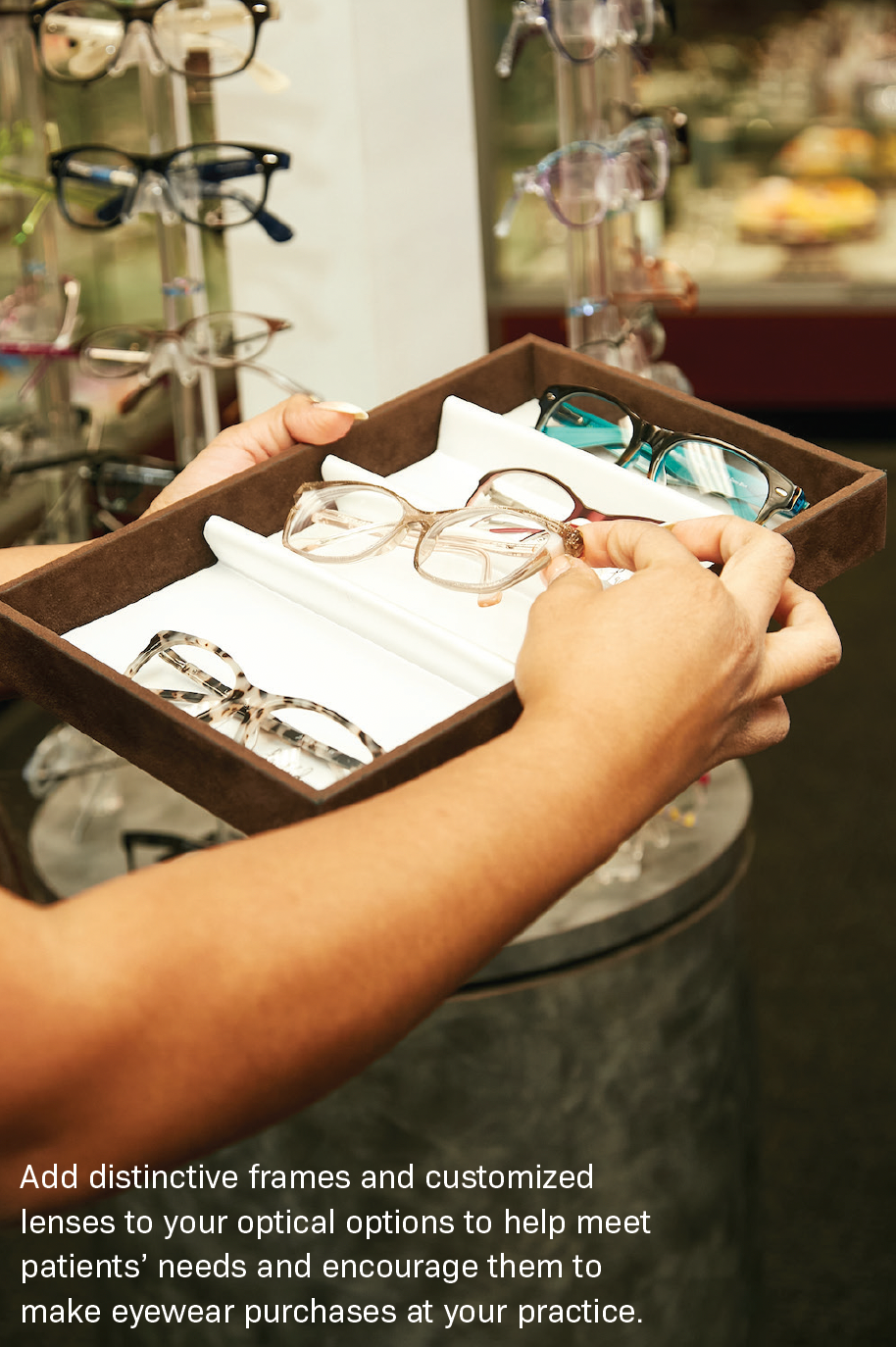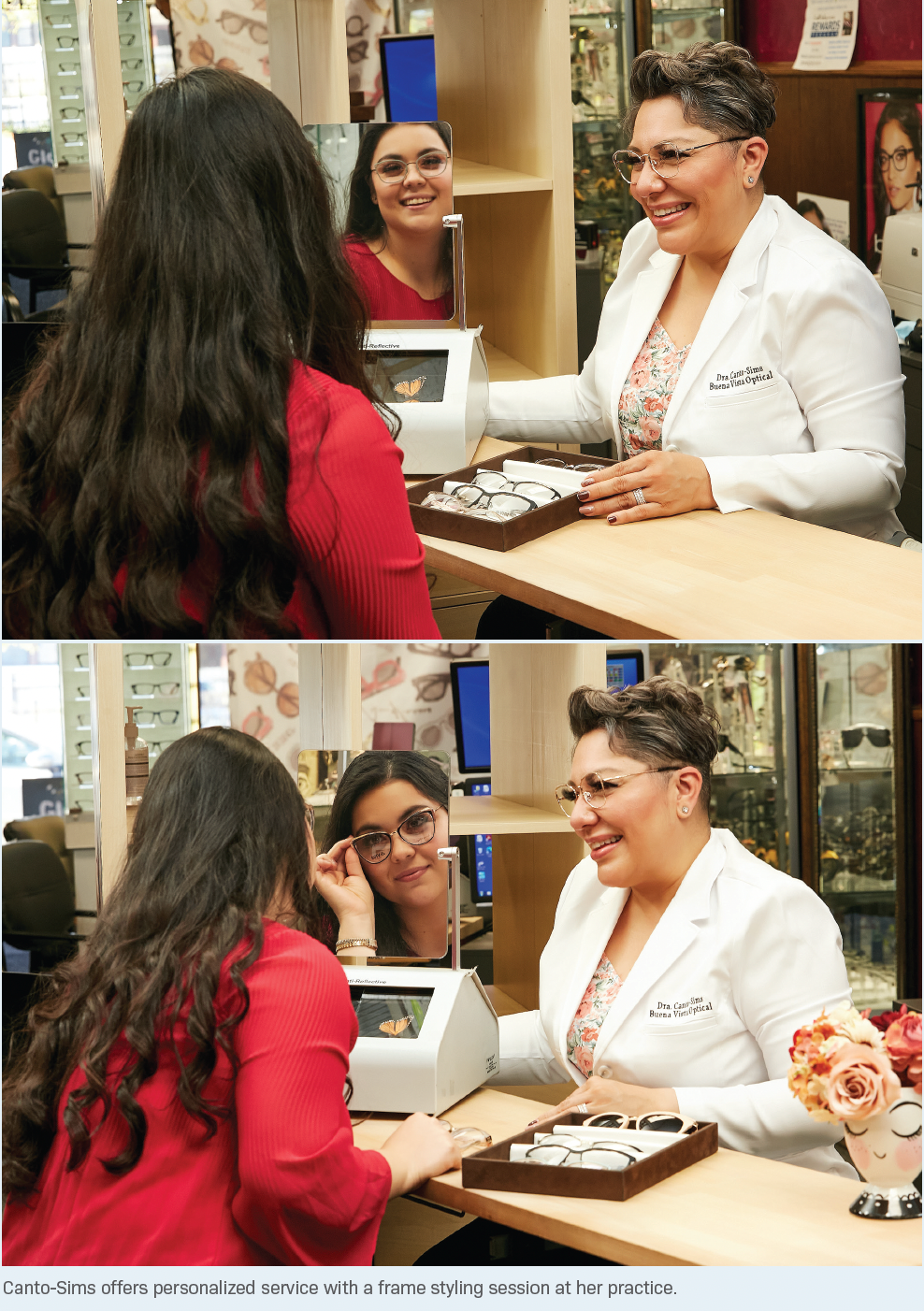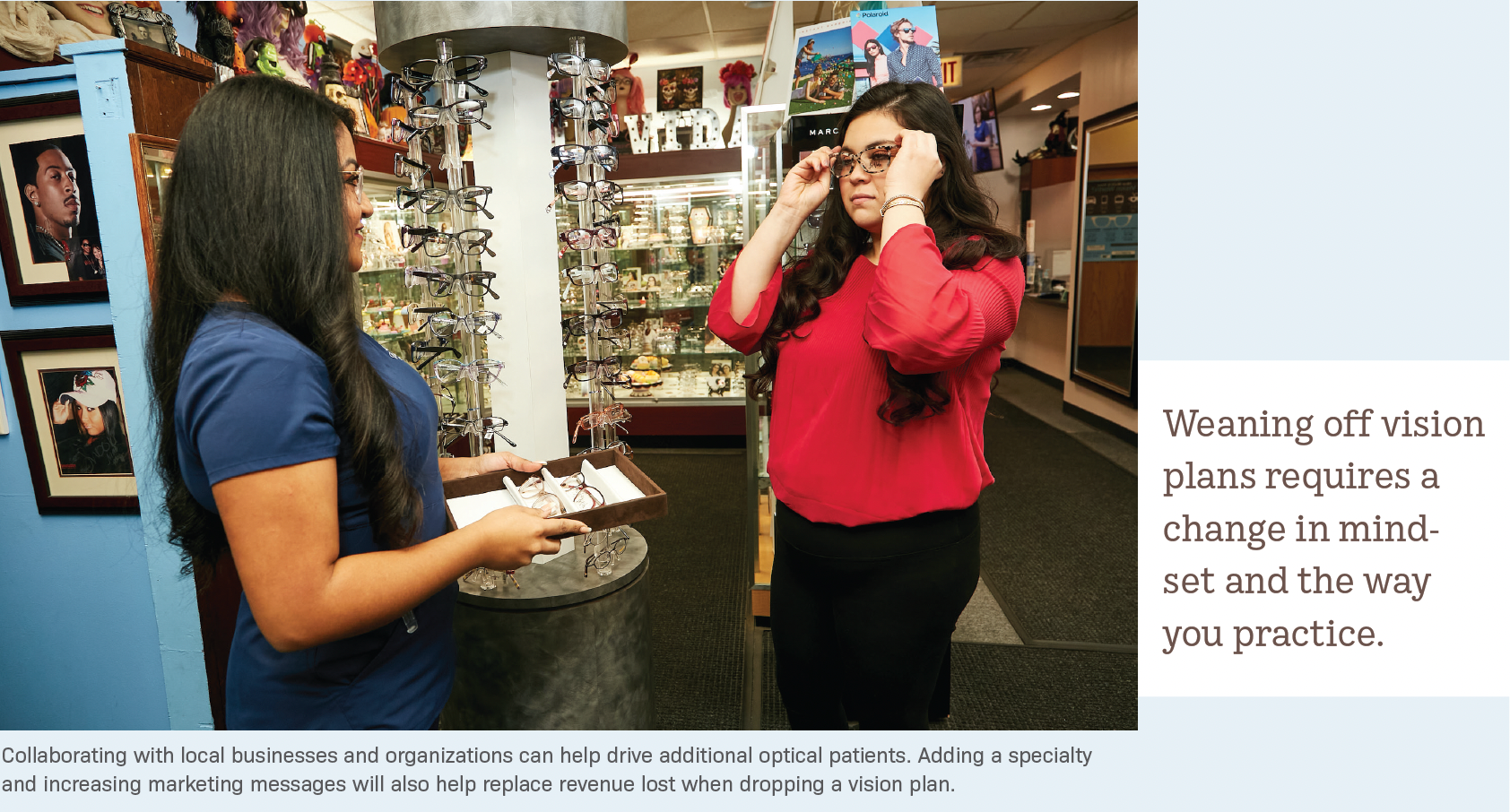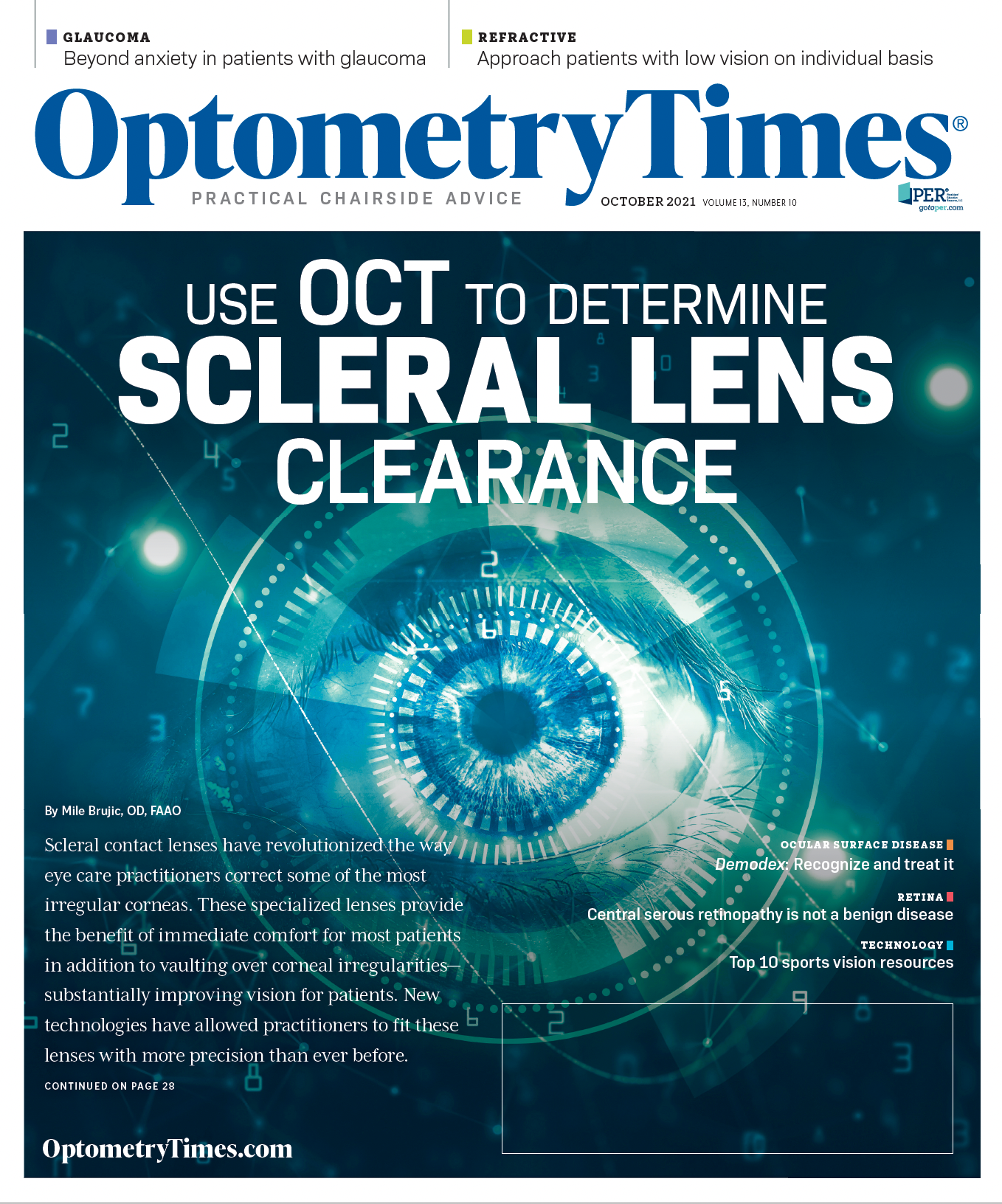How to drop a vision plan and replace revenue
Add a niche product, get creative with marketing, and collaborate with local businesses to bounce back


With recent reimbursement cuts from vision plans, many eye care providers have considered dropping vision plans entirely. Is this wise? Should it be done quickly? Or should ODs proceed slowly and strategically?
Some eye care providers don’t believe their practices can survive without vision plans, although others say it is the best practice decision they have ever made. Every practice is different—some eye care providers have instantly dropped plans, yet others are uncomfortable going cold turkey. When dropping a vision plan, eye care providers’ primary concern is losing the revenue these vision plans provide. Change can be challenging and scary. It is easier to continue accepting vision plans and conform to lower reimbursement. Instead of an all-or-nothing approach, consider taking baby steps.
To wean off vision plans, ODs must make changes in their practices by replacing previous revenue with new revenue. They cannot continue to conduct business as usual and expect a different outcome. Before dropping a plan, ODs should run a report from their practice management system to understand how much revenue each plan brings to the practice. Compare the revenue brought in by each vision plan and determine which is least profitable. Drop this one first.
Practices with multiple vision plans with similar revenue should evaluate which offers the worst customer service, the most challenges, confusing reimbursements, or the most lab remakes. Once practices have done their due diligence, it is time to strategically replace lost revenue by following the tips below.
1.ADD A NICHE PRODUCT, SERVICE, OR SPECIALTY
Niche specialties include dry eye treatment, sports vision therapy, myopia management, and eyewear styling sessions. Practices can, for example, offer luxury, bespoke eyewear (to accompany styling session services); become a safety sports eyewear destination; and carry a broad selection of protective safety goggles for work.
Keep in mind that simply adding, say, a robust inventory of safety goggles will not necessarily increase revenue—practices also need to attract a patient base for the product. For example, contact a nearby manufacturing company and speak with the individual in charge of ensuring Occupational Safety and Health Administration (OSHA) standards are followed in their workplace. Collaborate by providing them an easy way to offer OSHA-approved, American
National Standards Institute–compliant safety goggles to their workers. This is a win-win initiative—practices can help the company stay compliant and protect employees’ eyes while replacing the lost revenue from their vision plan. Another idea: Offer styling sessions for patients with outside prescriptions. ODs can perform only a limited number of eye exams each day, but optical staff can schedule styling sessions for patients during optical downtime.
The goal is to create a great customer experience for patients to customize their eyewear and purchase multiple pairs. Patients are already there—encourage them to order everything they will need for healthy sight all year long, including those prescription polarized sunglasses. In these sessions, offer distinctive, luxury eyewear. Practices can’t sell what they don’t have on display, so they should discover independent frame collections that align with their patient demographic. Become the neighborhood’s destination for exceptional eyewear by offering frames from independent companies and pairing them with customized lenses.
Customized lenses include Transitions Signature Gen 8 style colors and mirrors and Opticote’s solid and gradient tints with mirrored options.
These are great choices to help patients pair their frame style with the color style and/ or mirror of their choice. Such upgrades can also help to differentiate a practice from its competitors.

2.GET CREATIVE WITH YOUR MARKETING MESSAGE
In my experience, digital and in-house marketing attracts more self-pay patients. In-house marketing could include on-hold phone messages, voicemail messages, recall card messaging, text notifications, appointment reminders, optical signage, and point-of-purchase materials. The language in these messages should speak to and attract the type of patients the practice wants.
Display luxury eyewear or signage advertising niche service so patients will know what the practice offers. The same goes for digital marketing messages—essential for attracting ideal patients—from the practice’s website and social media. Optimize the website and invest in search engine optimization for words such as unique eyewear and your specialty services, such as myopia control or dry eye. Practices must ensure their websites are fresh and up-to-date, with an optimized back end.

3.COLLABORATE
Collaborate with other local professionals such as dentists, pediatricians, ophthalmologists, and other eye care providers with specialties who do not have an optical department. For example, we collaborated with an ophthalmologist who targeted the Spanish-speaking Latino community and performed only pterygium surgery. We referred all our patients with pterygium to his office, and he referred all his postsurgery patients to us for glasses.
Also, collaborate with other local businesses, such as hairstylists, spas, and nail salons. Their clientele wants to look fabulous in their eyewear and sunwear. Start a referral program with them or provide special offers to their employees every time they refer one of their clients to the practice. ODs should remember they are slowly replacing the revenue lost from vision plans. So, get creative. Look into local organizations, such as sports teams and organizations or labor unions that require safety goggles. These groups may help private-pay individuals.
Practices could collaborate with their local chamber of commerce, for example, to offer a special discount to its members. For employees of small businesses that cannot provide a vision plan (ie, cash customers), ODs can offer a special discount to go to their practices.
Wrapping up
Vision plans have shifted the way ODs practice optometry. It is important to remain proactive and devise a strategy to make up for lost revenue from these dropped plans.
When dropping any vision plan, contact patients who are members through paper mail, email, or both. Let them know you are no longer a provider and include a special offer. They may decide to return as private-pay patients and file out of network for benefits. They will appreciate you for being forthcoming.

Newsletter
Want more insights like this? Subscribe to Optometry Times and get clinical pearls and practice tips delivered straight to your inbox.